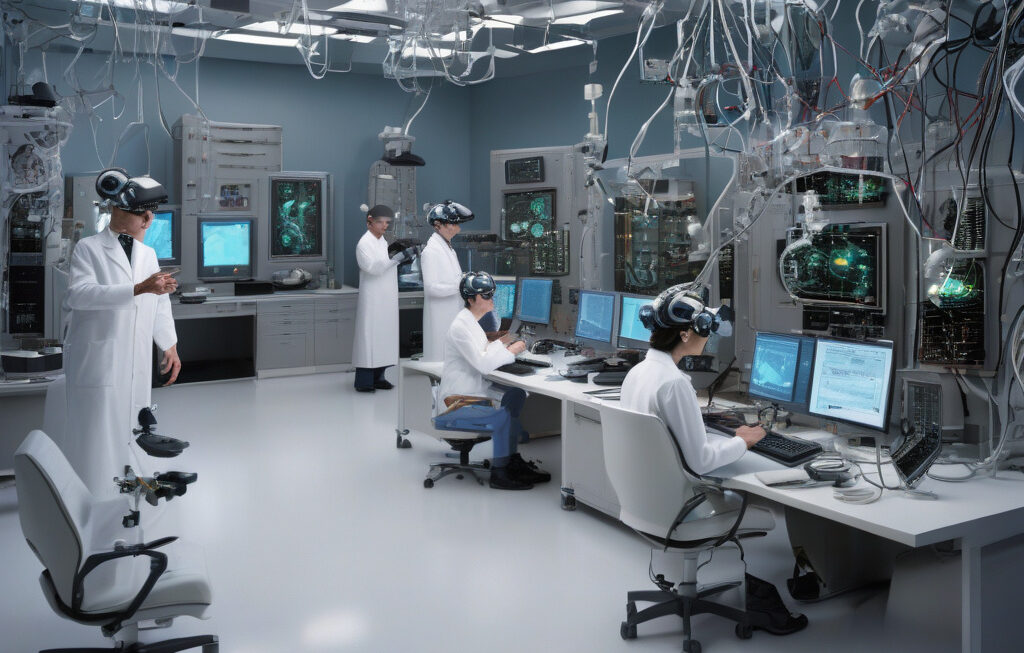M&S Struggles with Lingering IT Issues Post-Cyberattack
The aftermath of a cyberattack can linger long after the initial breach, causing headaches for businesses trying to get back on track. Marks & Spencer (M&S), a retail giant in the UK, is a prime example of this struggle. Despite making progress in restoring customer-facing services such as click and collect, the company is still grappling with persistent IT issues that are affecting its internal systems, particularly across merchandising and buying teams.
The cyberattack on M&S, like many others, not only disrupted its operations but also eroded customer trust and confidence. While the restoration of customer-facing services is a crucial step towards rebuilding that trust, the internal IT issues pose a significant challenge that cannot be overlooked. These issues can impact various aspects of the business, from inventory management to supply chain operations, ultimately affecting the overall efficiency and profitability of the company.
One area where M&S is feeling the impact of these IT issues is in its merchandising and buying teams. These teams are responsible for crucial functions such as product selection, pricing, and inventory management. Any disruption in their ability to access and use internal systems can lead to delays in decision-making, errors in forecasting demand, and ultimately, a negative impact on sales and customer satisfaction.
For example, imagine a scenario where the merchandising team is unable to access real-time sales data due to IT issues. This could result in stock shortages for popular products, leading to lost sales opportunities and dissatisfied customers. Similarly, IT issues affecting the buying team’s ability to communicate with suppliers and place orders in a timely manner can result in inventory imbalances and increased carrying costs for the company.
To address these challenges, M&S must prioritize resolving the lingering IT issues and strengthening its cybersecurity measures to prevent future attacks. This may involve investing in upgraded IT infrastructure, implementing more robust security protocols, and providing comprehensive training to employees on cybersecurity best practices. By taking proactive steps to enhance its IT capabilities, M&S can not only mitigate the current fallout from the cyberattack but also position itself for long-term success in an increasingly digital world.
In conclusion, the lingering IT fallout from a cyberattack can have far-reaching implications for businesses, as evidenced by M&S’s ongoing struggle with internal system issues. By acknowledging the importance of addressing these challenges and taking decisive action to strengthen its IT capabilities, M&S can overcome this setback and emerge stronger and more resilient in the face of future threats.
M&S, cyberattack, IT issues, merchandising, buying teams












